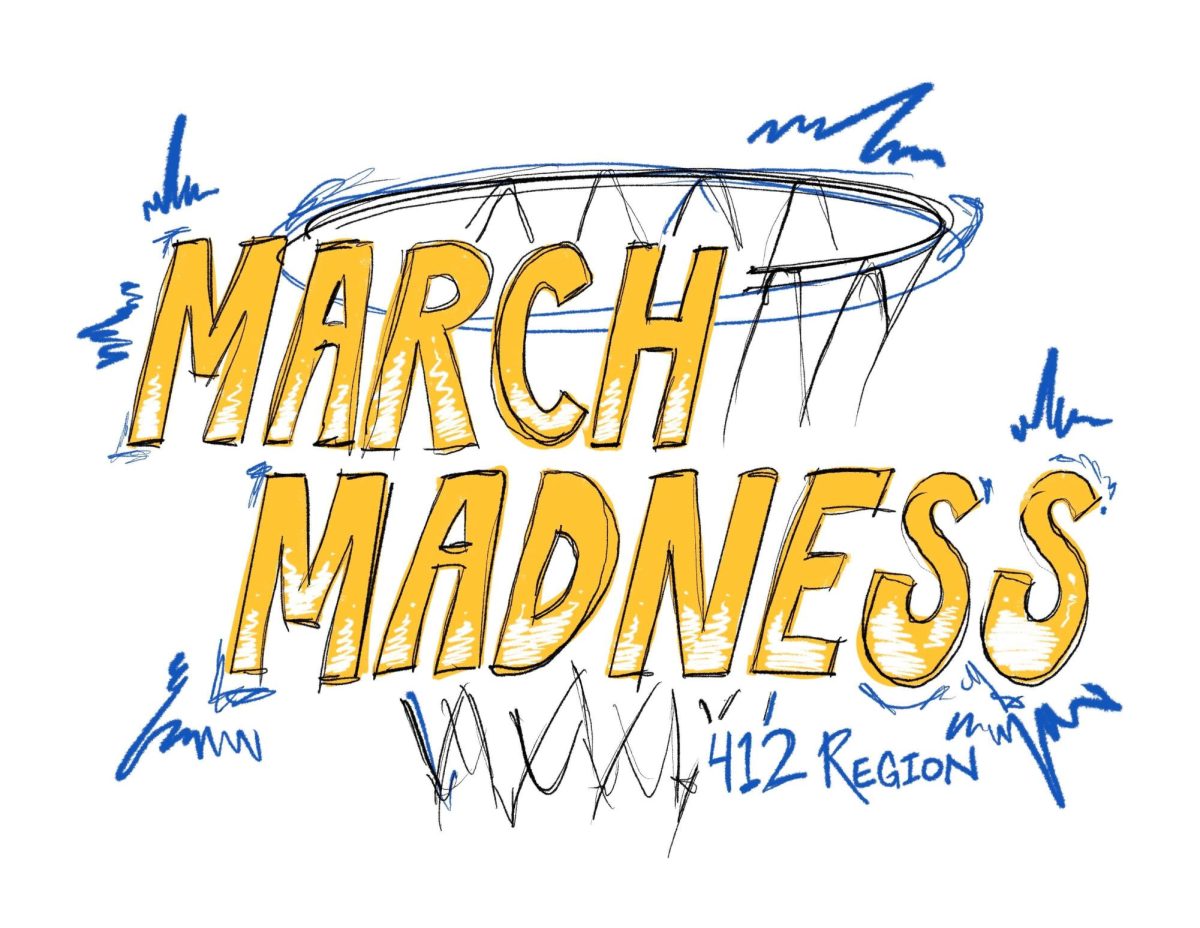Christensen: We yinzers are closer than you’d think
February 17, 2011
I can’t decide if I’m getting old or if there is something going on in Pittsburgh. Call it… I can’t decide if I’m getting old or if there is something going on in Pittsburgh. Call it six degrees of Kevin Bacon or whatever. Perhaps it’s because I came to a large school from a small town and expected freshman anonymity to continue until my graduation day, but more and more here, I feel like I have some connection to pretty much everybody.
It might be classes and general interests that keep me rotating through the same circles. Or it might be that I’ve never taken time off to study abroad. I don’t know, but the superstitious part of me makes me inclined to think it’s something more than happenstance.
Here’s my best example: One of my close friends dated a girl last year whose roommate — not from my town — was sweethearts with a guy from my high school class. Sure, Pitt is a big school. I get why it’s probably not earth-shattering, but come on. Things like this keep cropping up, and they consistently throw my head through a loop.
The “six degrees” phenomenon originates from experiments started by mathematician Manfred Kochen and political scientist Ithiel de Sola Pool at the University of Paris in the 1950s and continued by Stanley Milgram at Harvard in the late 1960s. Milgram chose individuals in Nebraska and Kansas to forward a chain of letters to an individual on the other side of the country, in Massachusetts. If the participant did not know the target personally, they were told to forward the package to someone they thought likely to know the target. The average chain link was, as you might have guessed, six people.
There were problems with the study, suggesting that the people weren’t necessarily connected randomly. Participants were recruited through advertisements specifying people who considered themselves “well-connected.” The social network approached homogeneity, so connections were expected.
Anyway, I think the important thing to realize here is that, no matter the outcome of the experiments, they came about because people noticed that something freaky was going on. But what I’m noticing in Pittsburgh is even freakier — it’s like Milgram’s six degrees are reduced to two.
Of course, Facebook makes it easier to recognize the chain links in social networking, but some things still reverberate with a sense of the “Twilight Zone.” Take my friend, who moved right before entering high school but ended up coming to Pitt and dating a guy who went to the high school that she would have graduated from. The guy, it should be noted, is my close friend from my example above. I became friends with both separately, semesters apart, before they were dating. They met without me introducing them.
I thought that once I turned 21, I’d find out that I was wrong and didn’t have some strange connection to everyone in Pittsburgh. But a typical night out produces encounters with former floormates, and former co-workers’ philosophy professors.
I recognize the fact that Pittsburgh isn’t that big, and maybe all of this boils down to simple rules of proximity. Or, like Milgram’s experiment suggested, maybe I just travel in a homogenous crowd that occupies the same spaces and establishes the same kind of relationships. Like attracts like.
But chances are, you’ve realized these little Pittsburgh connections too. Milgram’s experiment led to subsequent investigations and analysis. Among them was Malcolm Gladwell’s book, “Tipping Point,” detailing how sociological changes spread. Gladwell’s book introduced the “Law of the Few,” the theory that social change — he calls instances of change “epidemics” — depends on people with particular, rare sets of gifts to spread them. These people come in three forms: connectors (people with a knack for making a lot of friends and acquaintances), mavens (people in tune with new information) and salesmen (the persuaders). These hubs mediate the connections between otherwise weakly connected individuals.
Maybe I’m being romantic here, but part of me is inclined to think that Pittsburgh might just be a city with a high proportion of those gifted hubs, making it easier to form connections here. In the past years our little city has seen two trips to the Super Bowl and a G-20 conference, each in consecutive years. It’s all theory, and I don’t have proof, but there might just be something special going on in this town.
Write Caitlyn at cac141@pitt.edu.


